Kepler’s equations and Kepler’s problem. Classical orbital elements. Time and reference systems. Transformation
between different reference systems.
Undisturbed elliptic, hyperbolic, and parabolic orbit,
Orbital maneuvers and transfers,
Orbit determination,
Orbit perturbations.
Kinematics and dynamics for rigid body motion.
Euler angles, Euler equations and quaternions.
Torque free motion, spin stabilization, dual spin, gyroscopic control and gravity gradiant stabilization,
MATLAB simulations.
Outcome:
The student shall acquire ability to understand and predict how spacecraft orbit evolves.
The student shall acquire familiarity with concepts and methods used within the field spaceflight dynamics. These
requirements are shown by the student’s ability to account for this.
The student shall acquire capability of performing analytical and computer based calculation of orbits.
The student shall be able to value different orbits efficiency concerning time consumption and fuel consumption.
This is shown by comparative calculations.
The student shall have ability to understand and predict how spacecraft attitude evolves. The student should be
familiar with and be able to describe concepts and methods used within the field spaceflight attitude dynamics.
The student shall have capability of performing analytical and computer based calculation of attitude dynamics.
The student shall be able to assess and report on the feasibility of different attitude control systems in different
situations.
The student shall have skills in writing report of analysis and calculations.

